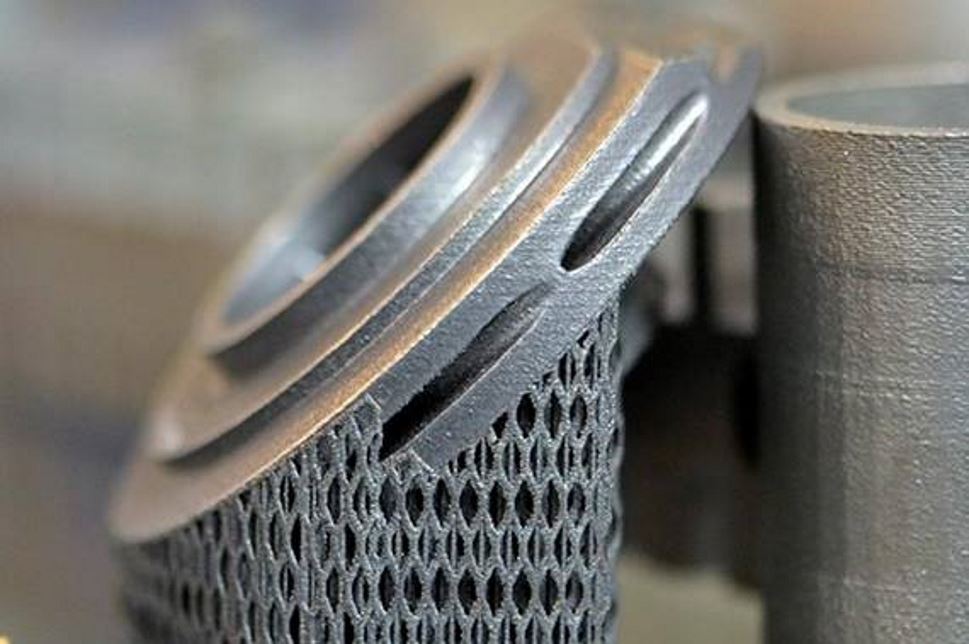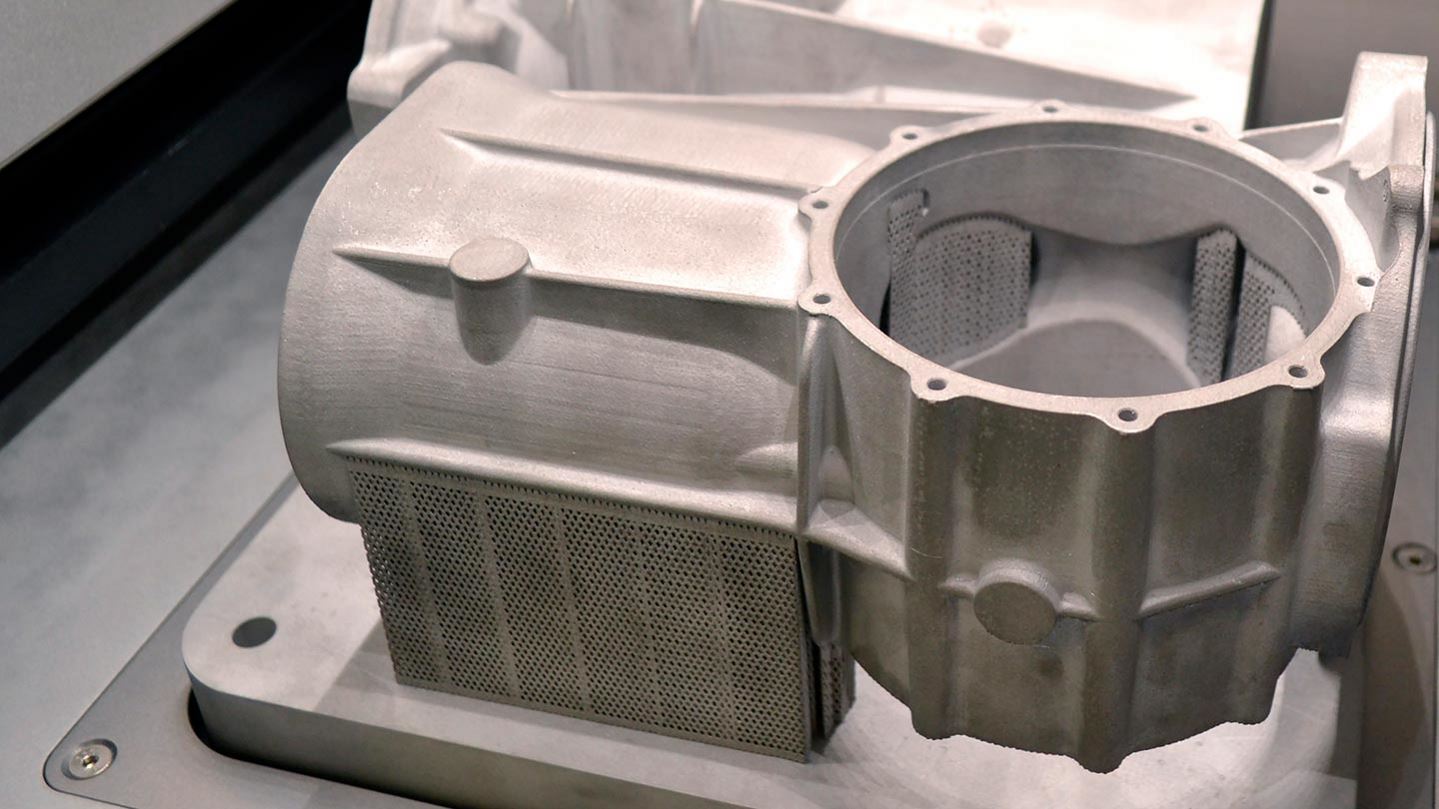Optimizing Industrial Gases in 3D Metal Printing

Solutions and Expertise for 3D Printing
- Optimized part treatment via proper gas selection and purity
- Uniform printing as a result of maintaining consistent conditions
- Improved control over chamber management and post-printing heat treatment
- Lower production costs via reliable and cost efficient gas supply
- Easy installation
- Increased safety
How Gases Affect the Quality of Metal Additive Manufacturing?
- Provide inert atmospheres to minimise harmful contaminants
- Allow for a narrow particle size distribution and avoids surface oxidation
- Reduce stress and improve mechanical properties, with a bright and clean surface finish
- Hot Isostatic Pressing with gases eliminates porosity and voids within the printed part
Skontaktuj się z naszymi ekspertami.
Dowiedz się więcej na temat naszych gazów osłonowych do drukowania 3D metali.
Ask the Expert

Guido Plicht
Dyrektor ds. technologii – Europa
Gazy
Argon
Compressed argon gas and liquid argon in a variety of purities and in various modes of supply around the world thanks to our network of storage and transfill facilities.
Hel
Hel ciekły i gazowy o różnych stopniach czystości i stężenia, z uwagi na swoje obojętne właściwości, jest ceniony jako gaz do podnoszenia, wykrywania wycieków, osłaniania, zastosowań analitcyzncyh, czy wymiany ciepła.
Azot
Azot jest ceniony zarówno jako gaz obojętny, jak również jako ciecz do chłodzenia i mrożenia. Praktycznie każda gałąź przemysłu może korzystać z jego unikatowych właściwości, by zwiększać produkcję, optymalizować wydajność i zwiększać bezpieczeństwo operacji.
